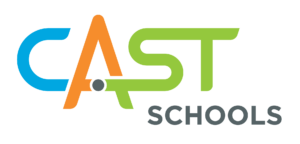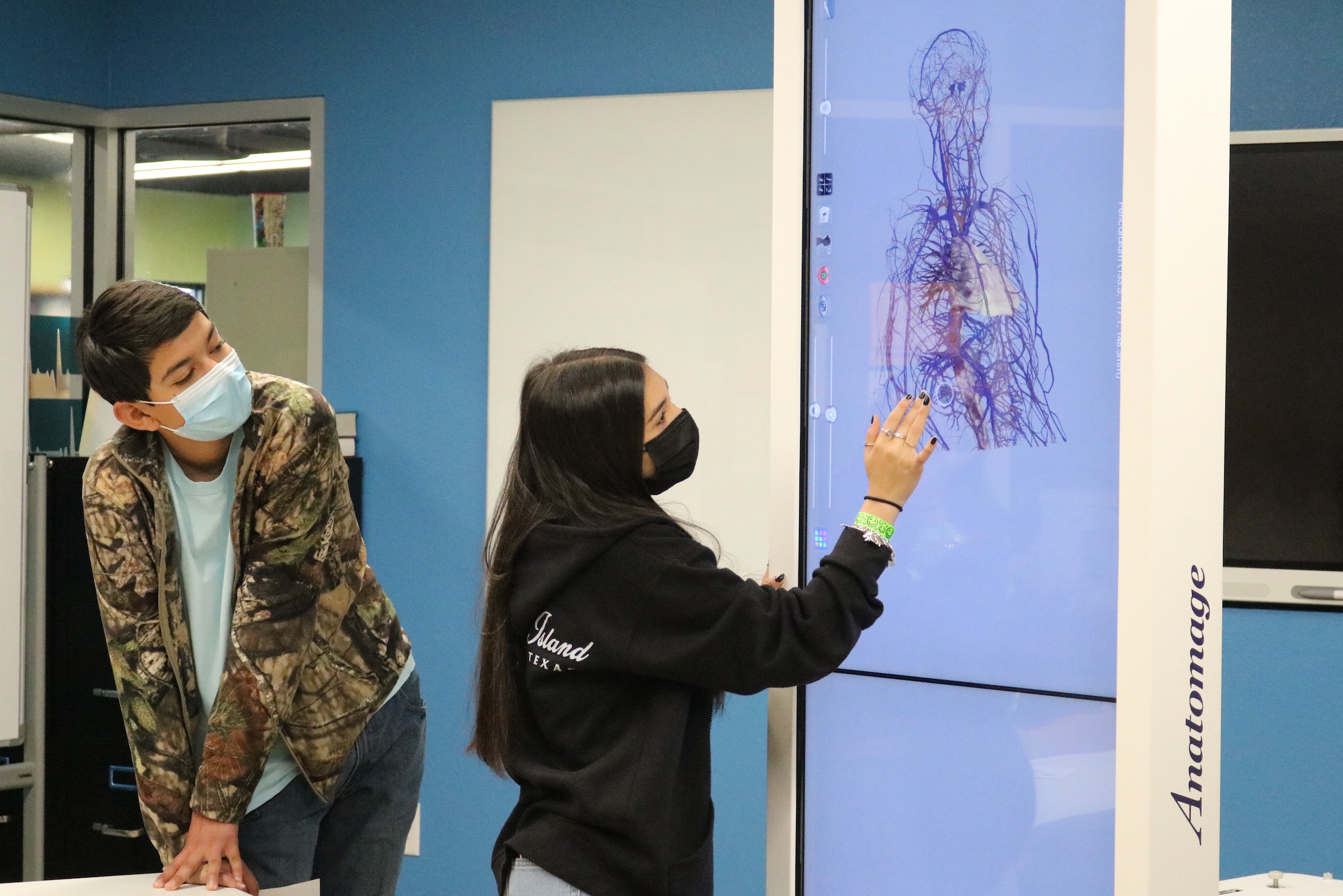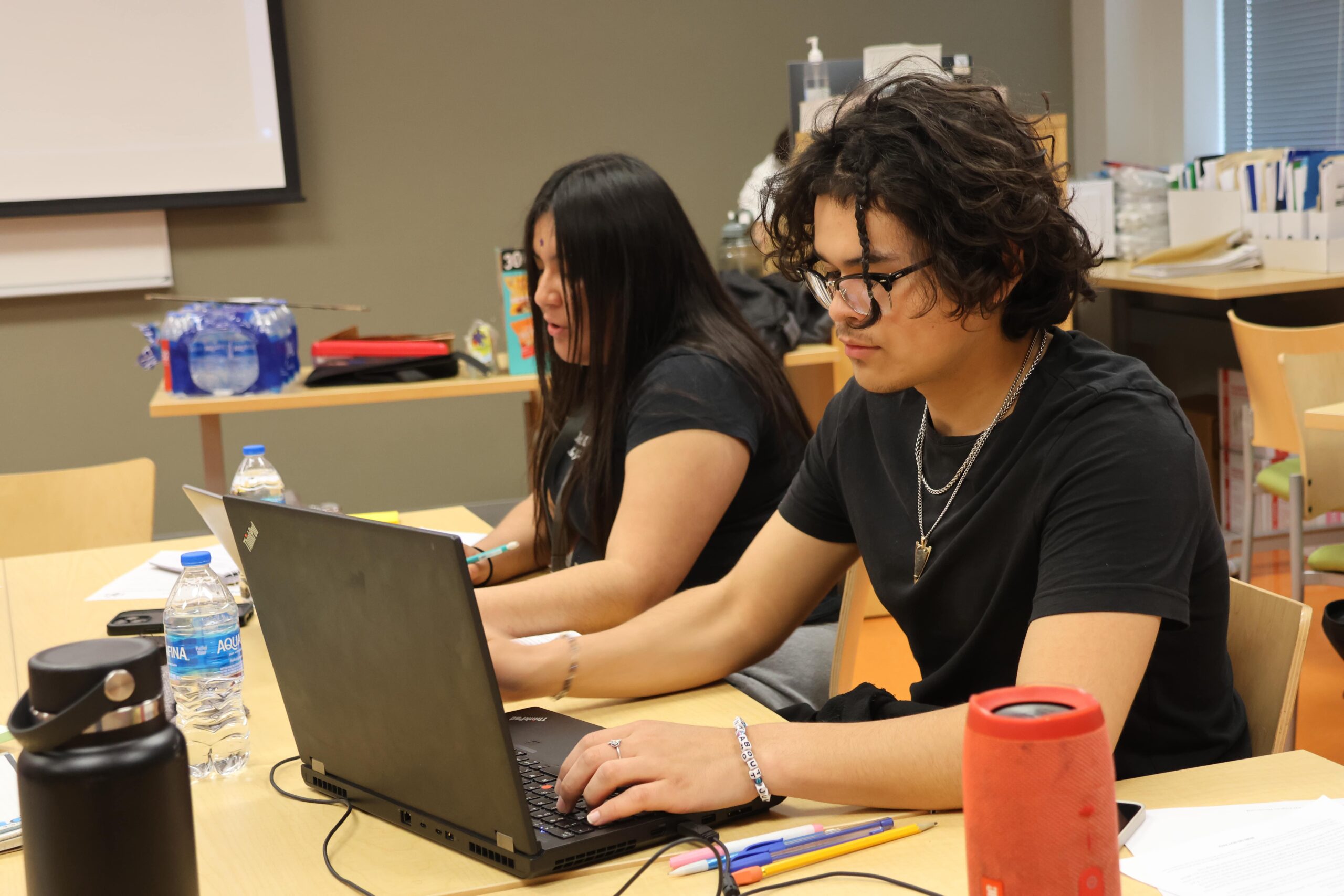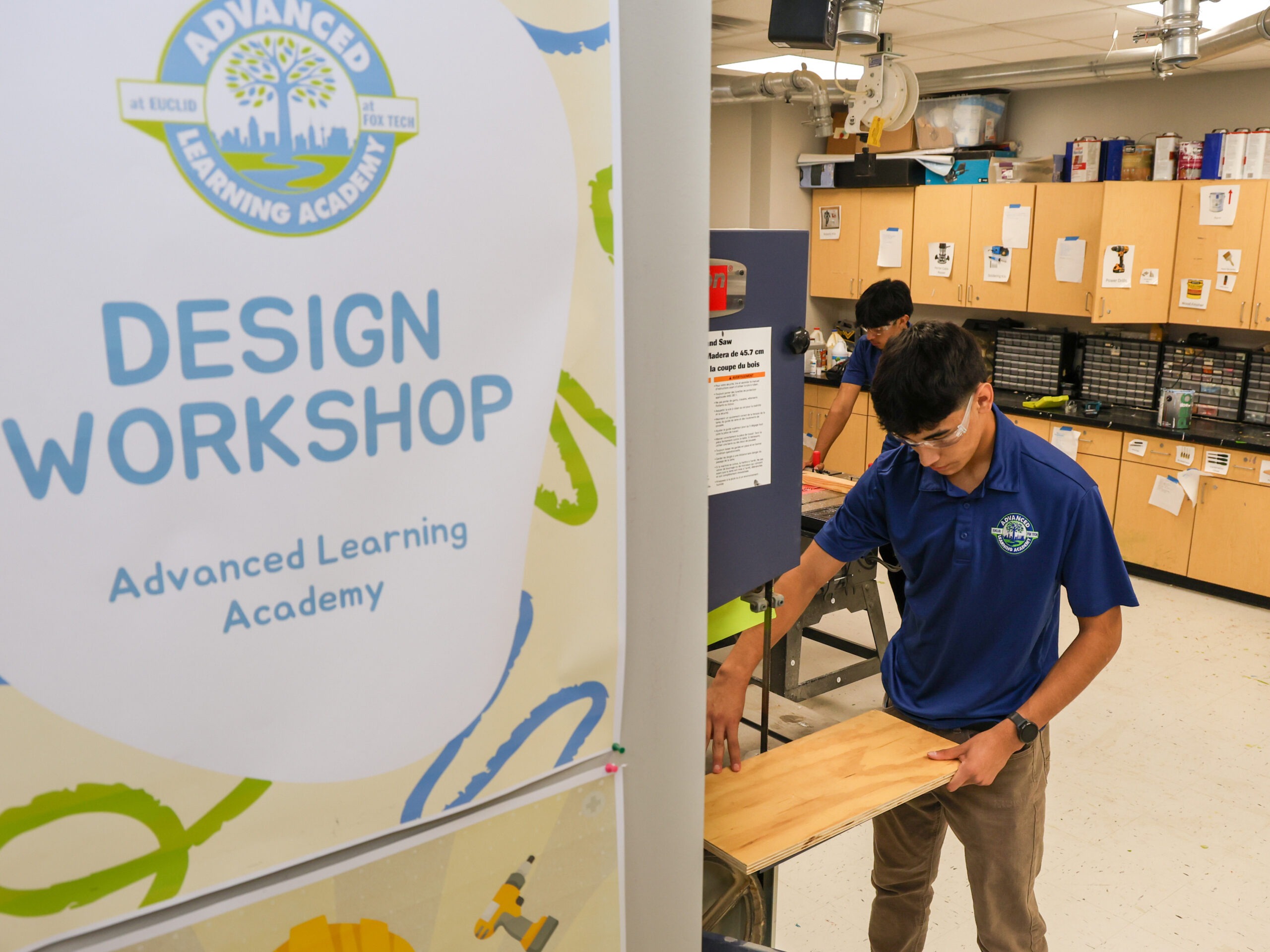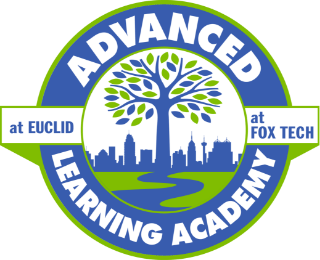Tucked away at Brooks, just blocks from the University of the Incarnate World School of Osteopathic Medicine, CAST Med High School provides students from across the county a state-of-the-art education to prepare them to meet the city’s medical needs.
Now in its third year of operation, the school’s efforts in providing a rigorous curriculum combined with valuable real-world experience from industry partners are creating well-rounded, college-ready students who have already begun impacting their community.
The school currently enrolls about 200 ninth through 11th graders; both students who live five minutes away and those who come from as far as Stone Oak. Students can receive bus transportation from the nearest San Antonio ISD high school to their home. The school offers three pathways: biomedical research, medical, or public health. All students in the CAST Med program earn a STEM endorsement for their diplomas.
Students at CAST Med also have an opportunity to enroll in a Dual Language program, taking two courses each year in Spanish in addition to Spanish class, earning a seal on their diploma at graduation and working toward filling a critical need for bilingual medical professionals in South and Central Texas.
“It is of the greatest importance that if you’re going to get into this kind of profession, if you’re having any type of contact with a patient, that you are able to speak in Spanish so nothing is lost in translation,” principal Dr. Eddie Rodriguez said. “We’re trying to get our students to understand that, and not only communicate in Spanish as regular conversation, but to use the academic language that is necessary for patients to actually understand exactly what is happening to them.”
One of the students in the Dual Language program is sophomore Jacob Nesbitt, who moved to the United States from Mexico for high school. Nesbitt and his parents, who are missionaries in the medical field, chose CAST Med because of its emphasis on medicine and the Dual Language option.
“I really wanted to practice my Spanish since I didn’t want to lose it,” Nesbitt said. “It’s a big part of why we picked this school. It offered basically the whole package we were looking for.”
Currently about 20 percent of the CAST Med population is enrolled in the Dual Language option, but there are many other ways that students at CAST Med customize their educational experience.
CAST Med is one of three CAST Schools in SAISD; the network is a nonprofit that partners with 4 public school districts to implement an innovative school model designed to maximize student opportunities. More than a dozen industry partners advise the campus on its curriculum, projects and activities. Through these partnerships as well as higher education partnerships with UT Health, UIW and UTSA, the school offers guest speakers, field trips, volunteer opportunities and internships to help hone their interests and inspire their learning.
“Students can actually see and understand why they’re learning what they are learning,” Rodriguez said. “Our kids need to know what’s happening out there in the world of work.”
CAST Med students can be placed in internships as early as the summer following their first year of high school. One of the industry partners who has offered students this opportunity is Dr. Lyssa Ochoa at the San Antonio Vascular and Endovascular (SAVE) Clinic.
“The summer before my sophomore year they offered me an internship to work at SAVE clinic and it was the best thing that ever happened to me,” junior Destiny Valadez said. “They gave us practice communicating with people, and they let us shadow when the doctor was doing her appointments. It gave us experience for when we do go into the medical field.”
With a focus on project-based learning, the school’s students work on PBL projects each year that allow them to identify a problem, research topics that interest them, and engage with their industry partners and the broader community. At the conclusion of their project, they present their solutions and, in some cases, receive support to bring their solutions to life. Through this process, students learn both the hard skills and soft skills that will benefit them beyond high school such as teamwork, communication, presentation skills, public speaking, and how to identify a creative solution.
Last year Valadez and her group researched how volunteering could improve mental health during the pandemic. They were able to connect with a donor in the community who provided trees, and they started a garden club at the campus.
Another student, sophomore Keera Bhakta, was so inspired by information she learned from Dr. Ochoa that she started a new student group, Diabetes Education Prevention Organized Team, or DEPOT.
“Dr. Ochoa showed me this really neat PowerPoint and map of amputations based on zip code, and I thought there really is a need for something that addresses diabetes,” Bhakta said.
The DEPOT group, now with about 10 members, meets on Thursdays and is in the process of filming a video about diabetes prevention, including the importance of healthy eating, symptom recognition, and testimony from patients battling the disease.
Through connections at the CAST Network, DEPOT will also now work with Culinary Health Education for Families (CHEF) to help with their focus on healthy eating.
“CAST Med has given me a better experience than I would have had at other schools,” Bhakta said. “At this school, we get a lot more work and a lot more opportunities than at a normal high school.”
One of those opportunities is to work with a piece of equipment normally reserved for the college level — an Anatomage table. Students use this large computer, purchased with funds from the Charles Butt Foundation, to study the intricate systems of the human body. Primarily used in Biology and in the Project Lead the Way Biomedical classes, the instrument allows students to learn about the human body in a three-dimensional way.
“I have seen the Anatomage table inspire students by giving them a real-life look at the human body and an opportunity to investigate as if they were medical students learning on a real cadaver or surgeons operating on a real human being,” biology teacher Giovanni Neri said.
While at the school, CAST Med students are involved in dual credit courses starting their ninth grade year. They take Business Systems through Alamo Colleges, which allows them to test to earn Microsoft Word and Excel certifications. The school currently boasts a 77% passage rate. The students also take Medical Terminology through San Antonio College.
Beginning the 11th grade year, students can attend Texas A&M University – San Antonio four days a week for a variety of core dual credit courses. About 85 percent of the junior class is taking advantage of this option, traveling by bus to TAMUSA Monday through Thursday.
“I think the biggest thing is the power of place, that mindset that happens to students where they say ‘Hey, this is serious business. I’m now a college student. This is for real,’” Rodriguez said. “The expectation is different, the rigor is different, the pace is different.”
As enrolled students at TAMUSA, they also have access to collegiate level resources including the library and writing lab.
“It’s strict so you’re really getting the college experience,” Valadez said. “But it’s also kind of fun experiencing both things and it is really preparing me for when I do go to college by myself.”
For Valadez, that’s only one year away. As a member of the school’s inaugural graduating class in 2023, she’s looking at going to the University of the Incarnate Word for her nursing degree. She’s also open to the University of Texas and Baylor.
“It gets me excited being the first graduating class,” Valadez said. “We’re setting the standards. I think we’re doing well, because they really push us to do our best.”
CAST Med High School propulsa carreras médicas
Ubicada en Brooks, a solo unas cuadras de la University of the Incarnate World School of Osteopathic Medicine, CAST Med High School les ofrece una educación de vanguardia a los estudiantes de todo el condado a fin de prepararlos para satisfacer las necesidades médicas de la ciudad.
La escuela está en su tercer año de funcionamiento y sus esfuerzos de proporcionar un currículo desafiante en combinación con la experiencia práctica por parte de los socios de la industria, están desarrollando a estudiantes equilibrados y preparados para la universidad que ya han comenzado a impactar a su comunidad.
La escuela actualmente tiene alrededor de 200 estudiantes de 9.º a 11.º grado matriculados; desde los que viven a cinco minutos de la escuela hasta los que vienen desde el área de Stone Oak. Los estudiantes pueden recibir transporte en autobús desde la escuela preparatoria más cercana de San Antonio ISD hasta su hogar. La escuela ofrece tres vías académicas: investigación biomédica, medicina o salud pública. Todos los estudiantes en el programa de CAST Med reciben una certificación STEM para sus diplomas.
Los estudiantes en CAST Med también tienen la oportunidad de inscribirse en un programa de Lenguaje Dual, en el que toman dos cursos en español cada año además de una clase de español. Al graduar, reciben un sello de biliteracidad en su diploma y pueden ayudar a satisfacer una necesidad vital de profesionales médicos bilingües en el sur y centro de Texas.
“Es de suma importancia que, si uno va a formar parte de este tipo de profesión, si va a tener cualquier tipo de contacto con un paciente, que pueda hablar español para que no se pierda nada en la traducción”, dijo el Dr. Eddie Rodriguez, director. “Procuramos que nuestros estudiantes entiendan eso, y no solo comunicarse en español como en una conversación cotidiana, sino utilizar el idioma académico que es necesario para que los pacientes entiendan exactamente qué les está sucediendo”.
Uno de los estudiantes en el programa de Lenguaje Dual es Jacob Nesbitt, estudiante de segundo año de preparatoria, quien se mudó de México a los Estados Unidos para la preparatoria. Nesbitt y sus padres, que son misioneros en el campo médico, eligieron CAST Med gracias a su énfasis en la medicina y a la opción de Lenguaje Dual.
“Realmente quería practicar el español para no perderlo”, dijo Nesbitt. “Es una de las razones principales por las que elegimos esta escuela. Básicamente ofrecía todo lo que estábamos buscando”.
Actualmente, alrededor de un veinte por ciento de los estudiantes de CAST Med están inscritos en la opción de Lenguaje Dual, pero hay muchas formas más en las que los estudiantes de CAST Med personalizan su experiencia educativa.
CAST Med es una de tres Escuelas CAST en SAISD; la red es una organización sin fines de lucro que se asocia con cuatro distritos escolares a fin de implementar un modelo innovativo diseñado para aumentar las oportunidades de los estudiantes al máximo. Más de una docena de socios de la industria asesoran a la escuela en cuanto a su currículo, proyectos y actividades. A través de estas asociaciones, al igual que asociaciones de educación superior con UT Health, UIW y UTSA, la escuela ofrece oradores invitados, excursiones, oportunidades de voluntariado y pasantías para ayudar a afinar sus intereses e inspirar su aprendizaje.
“Los estudiantes pueden ver y entender por qué están aprendiendo lo que están aprendiendo”, dijo Rodriguez. “Nuestros estudiantes tienen que saber lo que está sucediendo en el mundo del trabajo”.
Los estudiantes de CAST Med pueden participar en pasantías a partir del verano después de su primer año de preparatoria. Uno de los socios de la industria que les ha ofrecido esta oportunidad a los estudiantes es la Dra. Lyssa Ochoa de la clínica San Antonio Vascular and Endovascular (SAVE) Clinic.
“El verano antes de mi segundo año de preparatoria me ofrecieron una pasantía en la clínica SAVE y fue lo mejor que me ha pasado”, dijo Destiny Valadez, estudiante de tercer año de preparatoria. “Nos dieron práctica al comunicarnos con las personas, y nos permitieron observar a la doctora durante sus citas. Nos dio experiencia para cuando nosotros entremos al campo médico”.
Los estudiantes llevan a cabo trabajos de aprendizaje basado en proyectos cada año que les permiten identificar un problema, investigar temas que les interesen e interactuar con sus socios de la industria y la comunidad en general. Al terminar su proyecto, presentan sus soluciones, y en algunos casos, reciben el apoyo necesario para que sus soluciones cobren vida. A través de este proceso, los estudiantes aprenden tanto las habilidades técnicas e interpersonales que les ayudarán más allá de la preparatoria, como el trabajo en equipo, la comunicación, las habilidades para presentar, la oratoria y cómo identificar una solución creativa.
El año pasado, Valadez y su grupo investigaron cómo el servicio voluntario podía mejorar la salud mental durante la pandemia. Pudieron conectar con un donante comunitario quien proporcionó árboles y empezaron un club de jardinería en la escuela.
Keera Bhakta, estudiante de segundo año de preparatoria, quedó tan inspirada con la información que aprendió gracias a la Dra. Ochoa que comenzó un nuevo grupo estudiantil, Equipo Organizado para la Educación de la Prevención de Diabetes, o DEPOT (por sus siglas en inglés).
“La Dra. Ochoa me mostro una presentación y un mapa de amputaciones basadas en el código postal, y pensé que realmente hay una necesidad para algo que aborde la diabetes”, dijo Bhakta.
El grupo DEPOT, que ahora cuenta con 10 miembros, se reúne los jueves y está en proceso de grabar un video sobre la prevención de diabetes, que incluye la importancia de comer saludable, reconocer los síntomas y testimonios de pacientes que combaten la enfermedad.
A través de las conexiones con la Red de CAST, DEPOT también trabajará con Culinary Health Education for Families (CHEF) para ayudar con el enfoque en la comida saludable.
“CAST Med me ha dado una mejor experiencia de la que hubiera tenido en otras escuelas”, dijo Bhakta. “En esta escuela tenemos mucho más trabajo y muchas más oportunidades que en una preparatoria normal”.
Una de esas oportunidades es trabajar con una herramienta que normalmente se reserva para el nivel universitario — una mesa Anatomage. Los estudiantes utilizan esta computadora grande, que se compró con fondos de la Charles Butt Fundation, para estudiar los sistemas complejos del cuerpo humano. Este instrumento, que se usa principalmente en las clases de Biología y las clases Biomédicas de Project Lead the Way, les permite a los estudiantes aprender sobre el cuerpo humano de forma tridimensional.
“He visto que la mesa Anatomage ha inspirado a los estudiantes al darles un vistazo real del cuerpo humano y una oportunidad de investigar como si fueran estudiantes de medicina aprendiendo en un cadáver real o cirujanos operando en una persona real”, dijo el maestro de biología Giovanni Neri.
Los estudiantes de CAST Med participan en cursos de doble crédito desde su primer año de preparatoria. Toman una clase de Sistemas Empresariales a través de Alamo Colleges, lo cual les permite tomar los exámenes para recibir certificaciones de Microsoft Word y Excel. La escuela actualmente tiene una tasa de aprobación de 77%. Los estudiantes también toman Terminología Médica a través de San Antonio College.
A partir de su tercer año de preparatoria, los estudiantes pueden asistir a Texas A&M University – San Antonio cuatro días a la semana para tomar una variedad de cursos principales de doble crédito. Alrededor de un 85 por ciento de los estudiantes de tercer año de preparatoria están aprovechando esta opción y viajan en autobús a TAMUSA de lunes a jueves.
“Creo que algo sumamente importante es el poder del entorno, la mentalidad de los estudiantes al pensar: ‘Bueno, esto es importante. Soy un estudiante universitario. Esto es en serio’”, dijo Rodriguez. “La expectativa es diferente, el rigor es diferente, el ritmo es diferente”.
Como estudiantes matriculados en TAMUSA, también tienen acceso a recursos de nivel universitario, incluso la biblioteca y el laboratorio de escritura.
“Es estricto, por lo que realmente recibimos la experiencia universitaria”, dijo Valadez. “Pero también es divertido experimentar ambas cosas y realmente me está preparando para cuando vaya a la universidad”.
Para Valadez, eso será en solo un año. Como miembro de la clase inaugural de graduación en el 2023, ella tiene pensado ir a la University of the Incarnate Word para recibir su licenciatura en enfermería. Otras posibilidades que ha considerado son University of Texas y Baylor.
“Es emocionante ser parte de la primera clase de graduados”, dijo Valadez. “Estamos estableciendo las expectativas. Creo que estamos haciendo un buen trabajo porque realmente nos motivan a dar nuestro mejor esfuerzo”.
